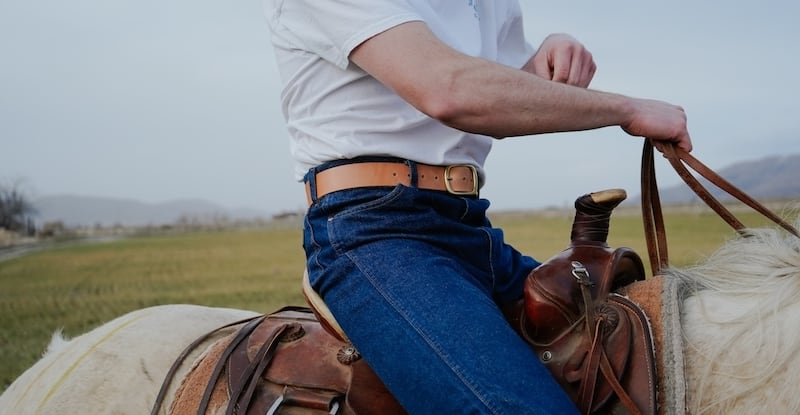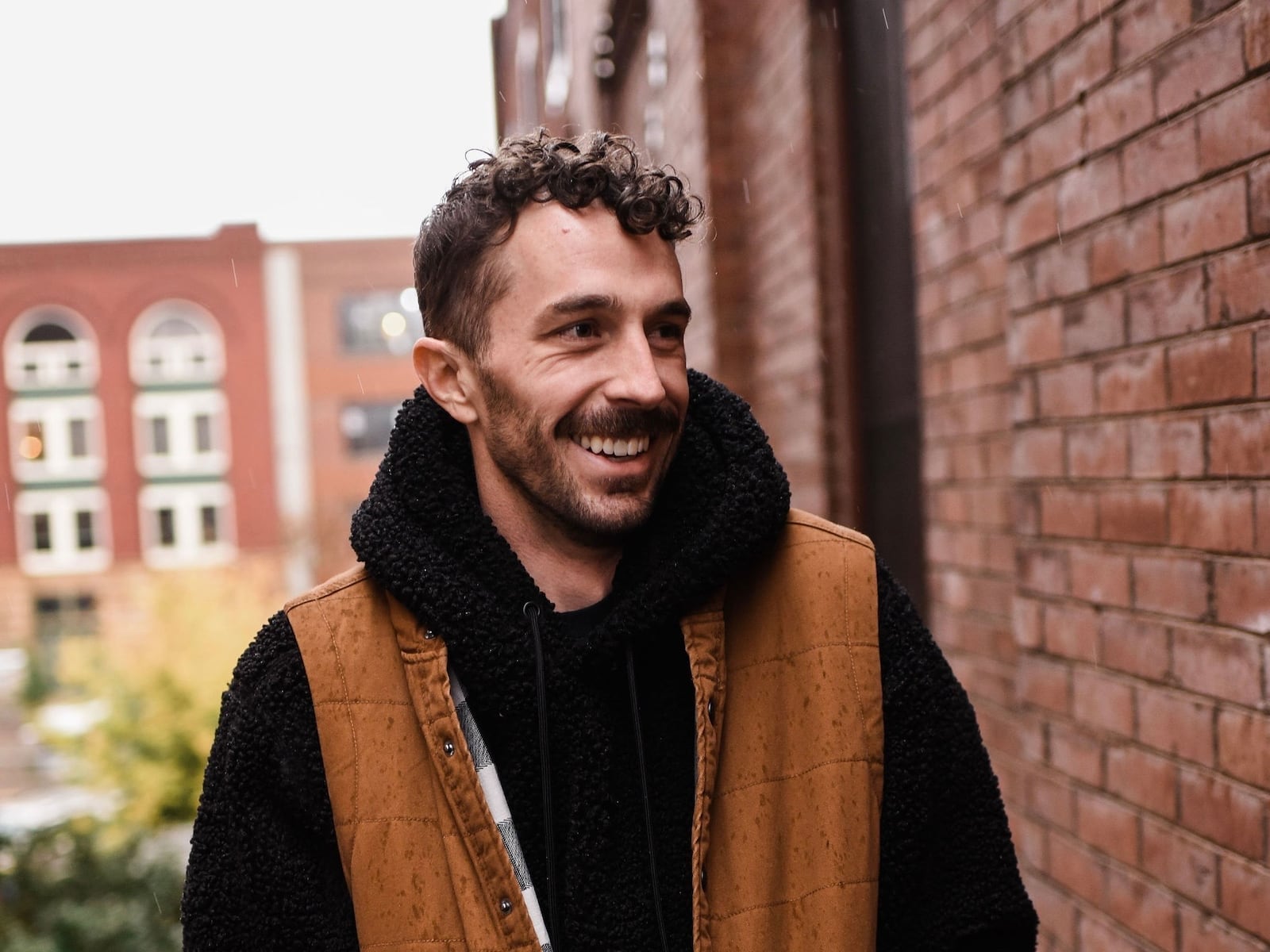This story appears in the November issue of Utah Business. Subscribe.
I was a sophomore at Utah State University, deep into business school, when I first heard about a local business competition. The prize? $100 to jumpstart a small business. That might not sound like much, but for me — an aspiring craftsman dabbling in everything from woodworking to leatherworking and even gold and silversmithing — it felt like a golden opportunity. The idea of creating something out of nothing has always captivated me, and this competition felt like the perfect way to test that passion.
Two days later, I signed up. There was just one problem: I needed a name. I wanted something meaningful, something that reflected the people who inspired me the most — my grandparents. My roommates and I brainstormed, and after a while, we landed on Rose Anvil: “Rose” for my grandmother and “Anvil” for my grandfather, a Korean War veteran and old cowboy who taught me the value of hard work.
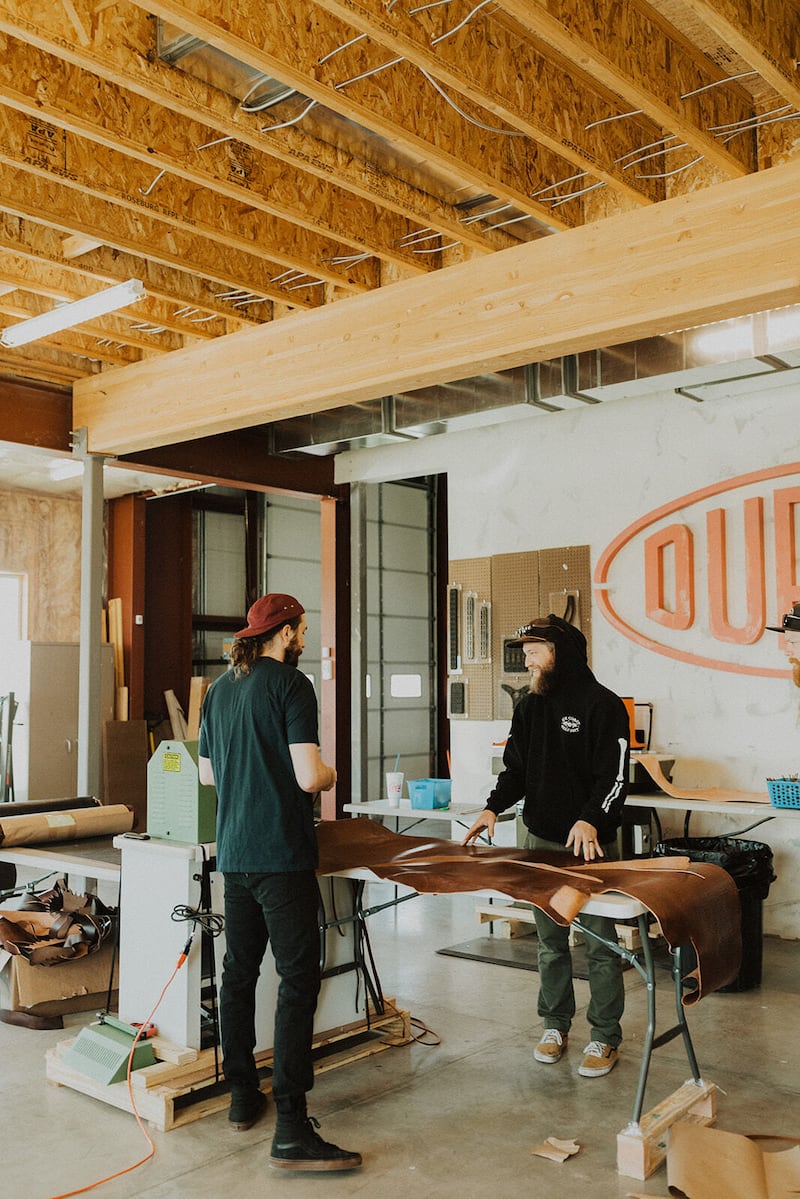
I didn’t win the competition because I had the best idea; I won because I outworked everyone. Sure, some of the other contestants had ideas that were more scalable, but I was relentless. I built leather goods, rings and even planters from whiskey bottles — anything I could craft to showcase my skills. I knew I wasn’t the most talented or the smartest person in the room, but I had complete control over how hard I worked. That’s the one thing my grandfather always drilled into me: grit. That work ethic became my edge.
I reinvested the $100 prize right back into my fledgling business. The following year, I entered an even bigger competition. But this time, scalability was my Achilles’ heel. The judges, who were seasoned entrepreneurs, told me bluntly that leatherworking wasn’t scalable. I ended up taking third place, and that stung. But I knew I could do better.
Kickstarter to the rescue
After the competition, I wanted to go bigger. Kickstarter seemed like the perfect avenue to raise enough money to grow Rose Anvil. In 2016, we designed the Claude Wallet, a slim, minimal wallet with two pockets — one for your most-used card and one for the rest. Our Kickstarter campaign quickly raised $12,000. For a college student, that felt like a fortune. It was enough to make me realize Rose Anvil could be more than just a hobby; it could be a real business.
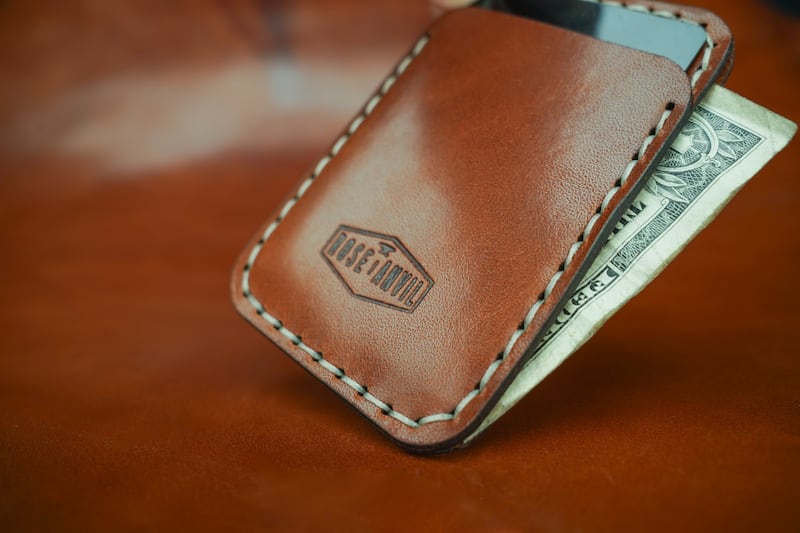
While still juggling school, I shifted focus. I even asked my professors if I could apply my assignments to growing my company. Surprisingly, they agreed, allowing me to use my coursework to build Rose Anvil. This turned my education into something far more valuable than just grades. I wasn’t just learning for the sake of passing tests; I was learning to run a business.
In 2018, right before graduation, I launched another Kickstarter campaign. My friend India Earl, a wedding photographer, had been using a leather camera harness that was more of a hindrance than a help. It didn’t stay in place, tangled in her hair and was uncomfortable. When she asked me to create something better, I saw an opportunity not only to help her but also to solve a larger problem in the photography industry.
We collaborated to design a better camera harness, and when we launched the Kickstarter, the response was explosive. In the first hour, we raised $30,000. By the time the campaign ended, we had raised over half a million dollars. It was mind-blowing. These were startup-sustaining numbers, and I was suddenly thrust into the world of fulfilling orders, managing warehouse space, and developing systems and processes. It felt like the sky was the limit.
Then, COVID-19 hit.
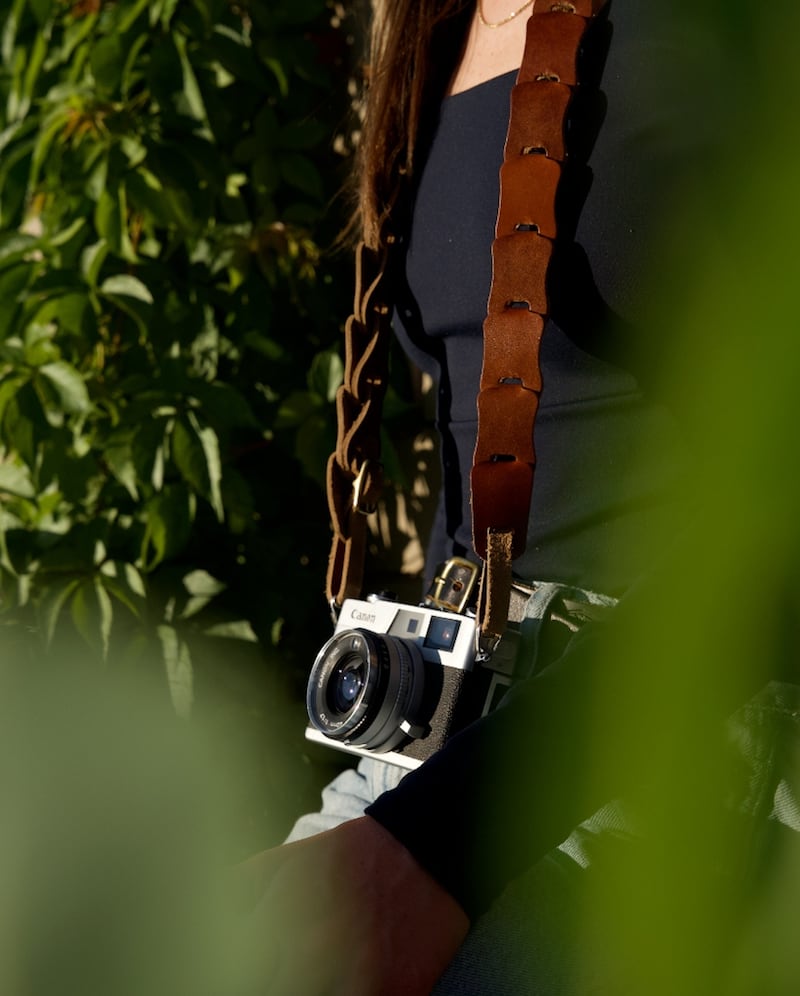
Pivoting during the pandemic
The pandemic ground everything to a halt. The wedding industry, which had been a huge part of our customer base, was one of the first to go quiet. Photographers weren’t booking jobs, and no one was shopping for high-end camera harnesses. Sales plummeted. But instead of throwing in the towel, I pivoted.
My brother and I started a small YouTube channel back in college, which had gained a few thousand views. One of my friends had a much larger channel with millions of subscribers where he tore apart cell phones and reviewed the hardware inside. Watching his success got me thinking: What if we shifted our focus to building a real YouTube audience?
I had employees I didn’t want to let go, and we needed to keep busy. I thought back to my days of doing blue-collar work, where I realized work boots were more than just footwear; they were tools. Maybe I could use my leatherworking expertise to review boots from a unique angle. I tested the waters by buying a pair of Dr. Martens, cutting them in half and reviewing the craftsmanship. That first video got 10,000 views in a week. When it hit 20,000, I reinvested the money and did it again. We were onto something.
Fast forward to today, and we’ve dissected over $100,000 worth of boots and shoes, reviewing more than 600 pairs. The channel has grown to nearly a million subscribers. It’s been an incredible journey, and it positioned us as one of the go-to authorities on leather footwear. As the world slowly returned to normal and the wedding industry recovered, our sales picked back up. The success of the YouTube channel fed into the success of Rose Anvil, and together, they created a powerful synergy.
Today, we’re creating weekly YouTube content and some of the industry’s best camera straps, harnesses, handcrafted belts and wallets. We are one of the footwear industry’s top authorities in education and design footwear with the top brands in the world.
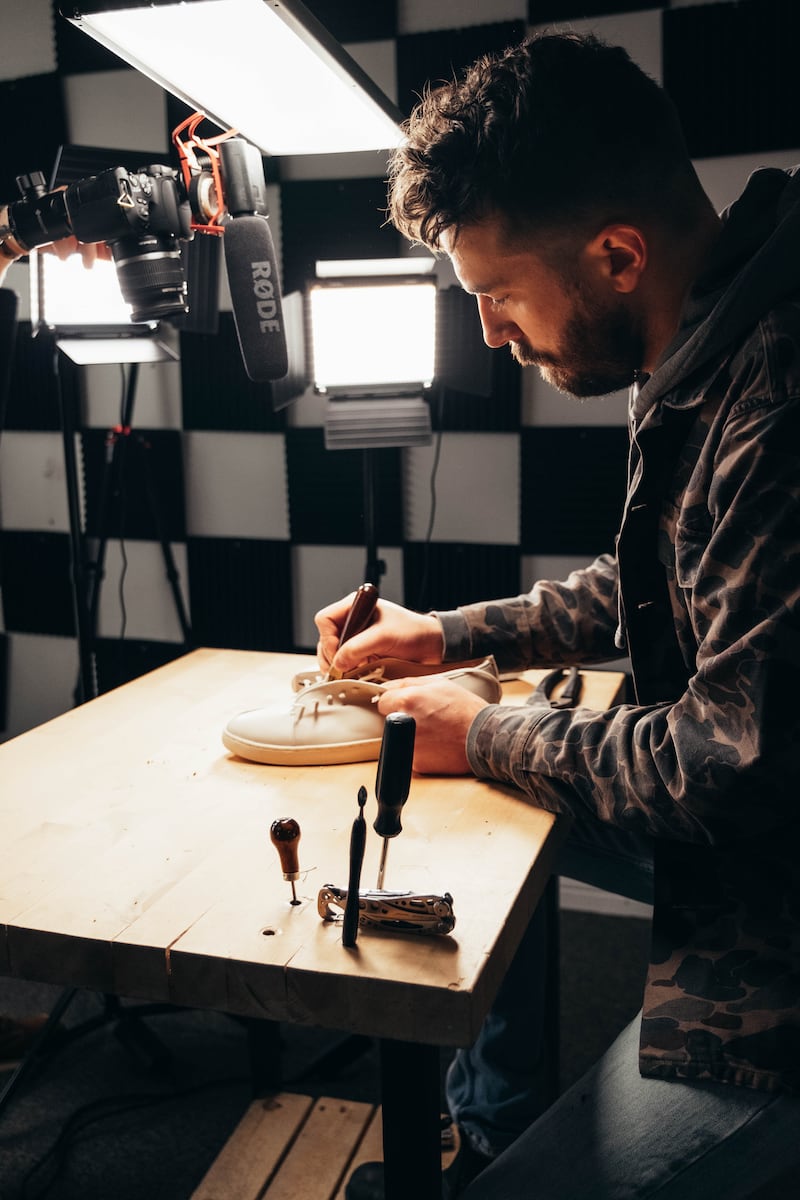
A brush with Hollywood
One of the more surreal moments of this journey happened recently. When the movie “Twisters” premiered in July, I started getting texts from friends saying they spotted one of my camera harnesses on the big screen. At first, I didn’t believe it. But after hearing it enough times, I decided to check it out.
Sure enough, halfway through the movie, the main character (Daisy Edgar Jones) transforms from timid to confident. When that happens, she changes her attire, and one of my harnesses is part of that. I knew it was mine because we had a patent on the design — there was no mistaking it. I tracked down the order, which had been shipped to the film’s costume department in Oklahoma, and confirmed they had bought the hardware from us.
We made a video about it — not because we felt wronged or wanted compensation, but because it was surreal. Something I had designed had made its way into a major summer blockbuster. That kind of exposure gave our sales a serious boost. And honestly, the fact that something I created from scratch ended up in a Hollywood film was validation enough.
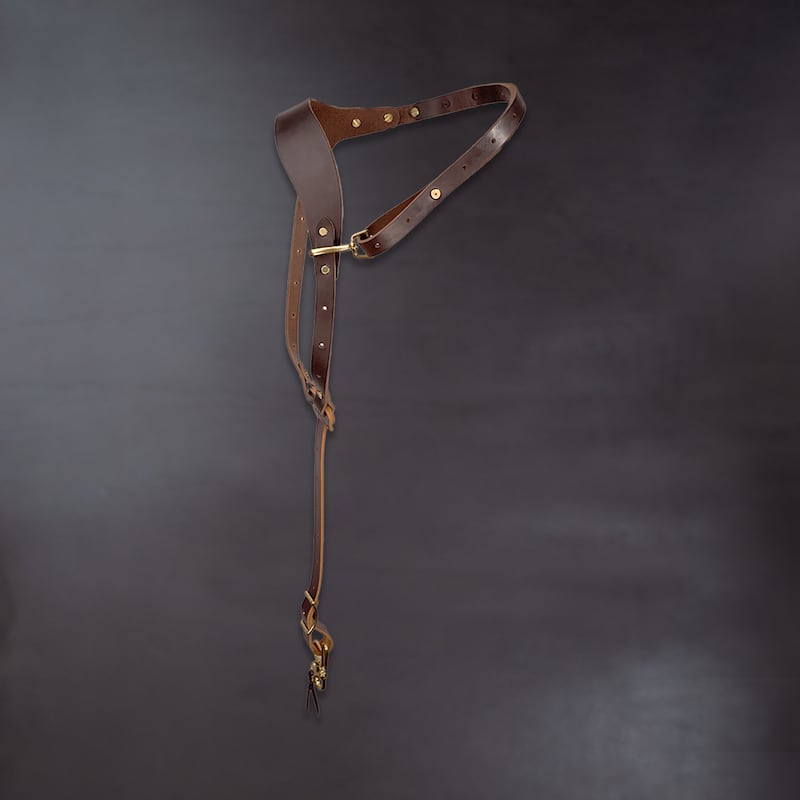
Realizing the dream
When I started Rose Anvil, my dream wasn’t about becoming rich or famous. I didn’t care about fancy cars or a mansion on the hill. I just wanted a big shop filled with tools and raw materials — a space where I could create anything I wanted, whether it was for woodworking, metalworking, leatherworking, pottery, painting or any other type of creative expression.
Today, that dream is almost a reality. We’ve just signed a lease on a new, larger shop in Salt Lake City. We’re still a small company and not millionaires, but we are helping people, making innovative products and educating our consumers, current and prospective.
For any entrepreneur, there’s always an insecurity that what you build will ultimately fail. It’s part of what drives us forward. We’re fortunate at Rose Anvil to have arrived at a place where we no longer worry about any of that. We’re in a good spot, and the sky’s the limit.
The future of Rose Anvil
I own 100 percent of the business, which has allowed us to grow at our own pace. While many companies struggle with financial instability, we’re on firm ground. It’s like the difference between a poplar tree and an oak tree. Poplars shoot up fast, but they’re prone to toppling over. Oak trees take their time, growing slowly but becoming incredibly resilient. Rose Anvil is an oak, and we’re here for the long haul.
The journey is far from over. We’re still evolving and finding new ways to innovate. I’m excited for what comes next — whether it’s making some of the best camera straps, harnesses, belts and wallets in the industry or being a leading voice in the leather footwear space, one thing is for sure: Rose Anvil is built to last.
